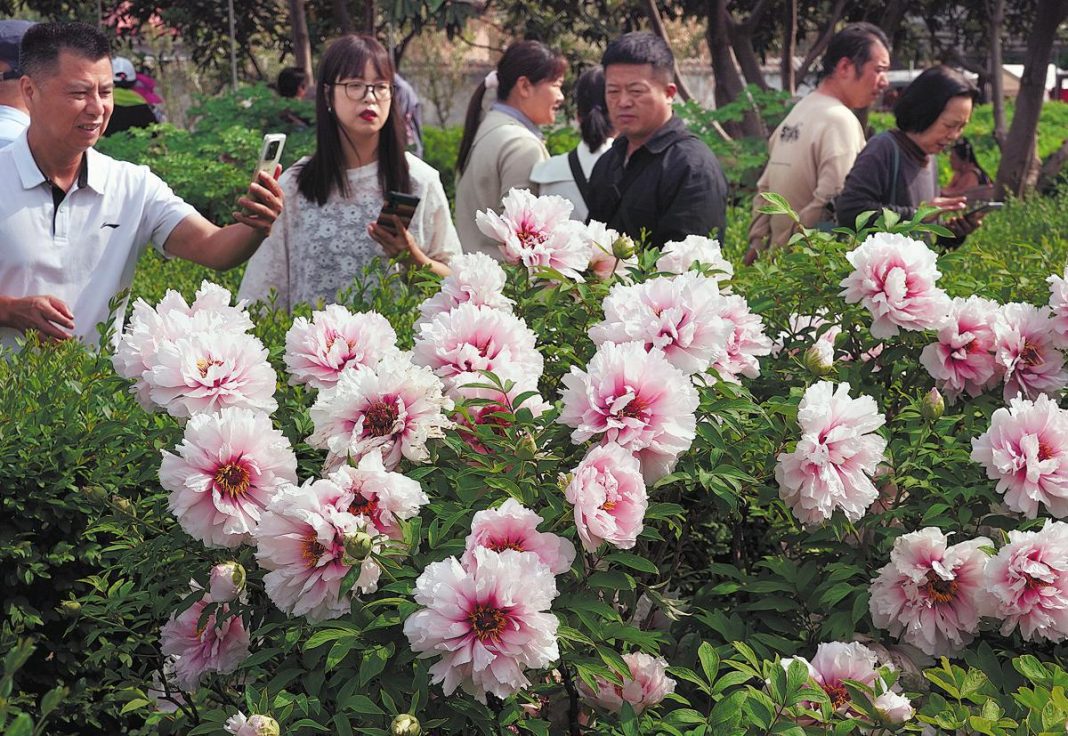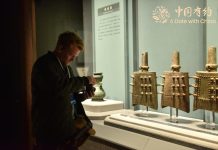BEIJING: Though many mightn’t know the official flower of their city, educated guesses might go as follows: In northern China, the Chinese rose flower or syringa. In southern China, azalea, bougainvillea or camellia. Chances are these guesses would be correct.
A recent study of the official flowers and trees chosen by cities across the mainland has revealed many are opting for similar choices.
For instance, out of 270 cities that have designated a city flower, 57 chose the Chinese rose. Similarly, among 256 cities that selected a city tree, 58 chose the camphor tree.
Published in People and Nature, the study, “The homogenization of China’s city flowers and city trees”, by researchers from the College of Life and Environmental Sciences at Minzu University of China, provided a comprehensive analysis of the current state of city flowers and trees across the country.
City flowers and trees serve as unique symbols that represent the cultural and ecological identity of modern cities, said Long Chunlin, the study’s corresponding author, in an interview with China Daily. These plants are not just ornamental, but also play a crucial role in enhancing urban environments and promoting local green industries. “China is one of the world’s most biodiverse countries,” Long said.
“Yet, we found that the current choices of city flowers and trees do not fully reflect this extraordinary richness.”
According to the study, Long said, 270 cities on the Chinese mainland have designated city flowers, with 51 cities choosing two species. Meanwhile, 256 cities have selected city trees, with 30 cities opting for dual species.
Cities without designated flowers or trees are primarily located in western China, suggesting a correlation between economic development, population size and the selection of these botanical symbols.
“City flowers and trees not only represent a city’s unique cultural landscape and spiritual character but also embody the harmony between humans and nature,” Long said. “They deepen people’s love for nature and their hometowns, promote green industries, and enhance urban ecological environments, reputation and competitiveness.”
He gave the example of the Bauhinia flower. Also known as the Hong Kong orchid tree, it was designated as the city flower of Hong Kong in 1965. Hong Kong has issued several themed stamps featuring the flower, and its image is prominently displayed on Hong Kong currency.
In 1997, when Hong Kong returned to the motherland, the Bauhinia flower stood out among other symbols such as the dragon and the Pearl of the Orient, becoming the emblem on the Hong Kong regional flag. –The Daily Mail-China Daily news exchange item






